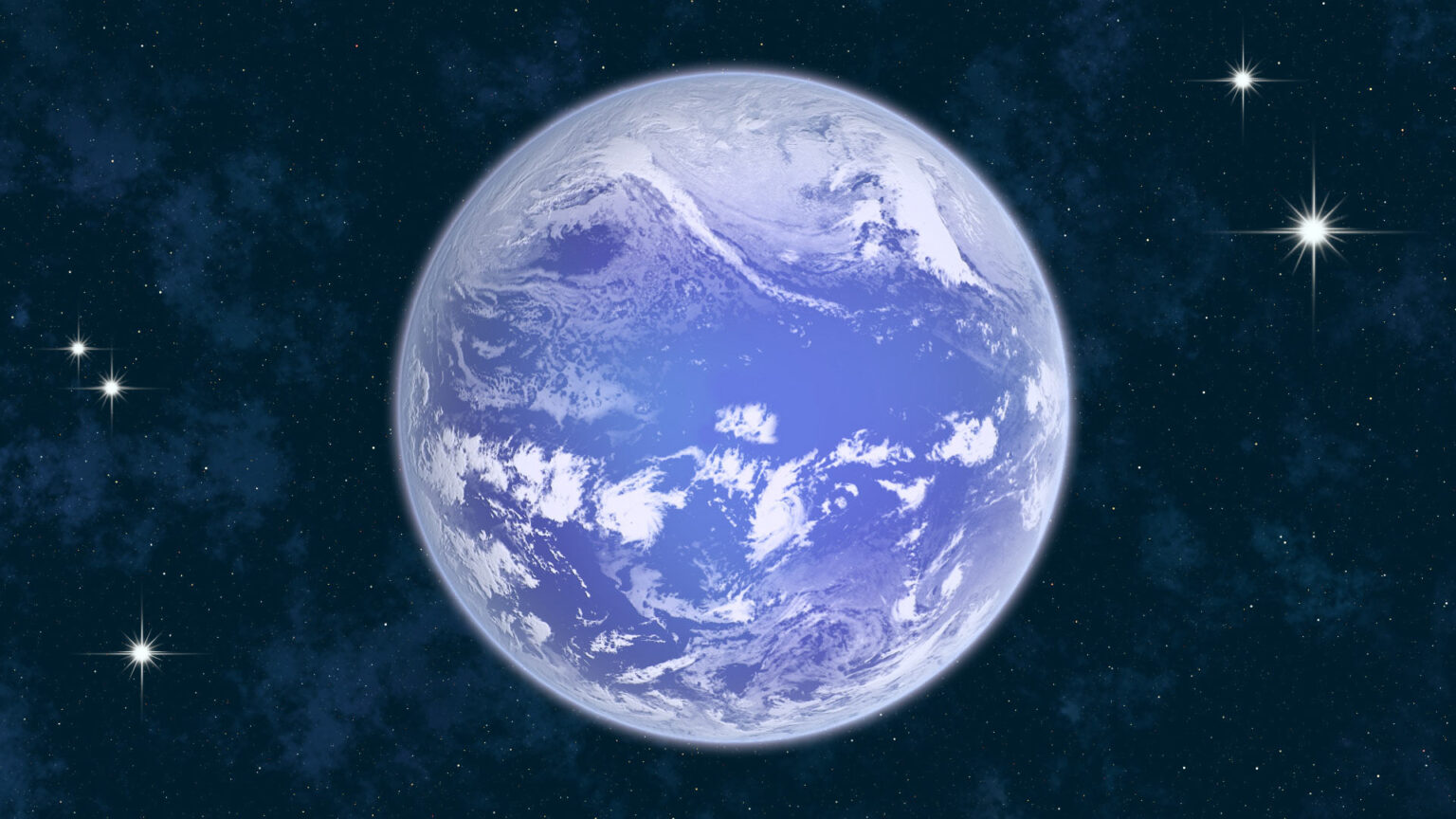A new study shows that the notion that the many planets that orbit red dwarfs completely lose their water is not entirely true. The models on which it is based do not take into account the radiation of heat.

Planets near red dwarfs may have water. Source: www.sci.news
Planets near red dwarfs
A team of astrophysicists from the University of Bordeaux and the Astronomical Observatory of the University of Geneva have published a study on the livability of rocky planets in red dwarf systems. This problem consists of a number of separate issues and scientists regularly publish articles on one or another of them.
The current study concerns the issue of water evaporation in the initial period of the existence of such worlds. Red dwarfs are small enough stars, and in order for the temperature on the surface of their planets to allow water to exist, they must be close enough to the sun.
However, the luminosity of red dwarfs varies quite a lot during the time of their existence. Very often, in the first billions of years, it is tens of percent higher than what they have later. Therefore, at this time, Earth-like planets that should have oceans of liquid water are heating up too much.
As a result, water evaporates intensively from their surface and rocks and enters the atmosphere. There it is divided into oxygen and hydrogen, which, under the influence of intense radiation, are lost in space. From this, many conclude that the planets near red dwarfs, which theoretically could support life, are actually unsuitable for it.
What protects water from evaporation?
In the new study, the authors argue that these claims are based on false ideas. Indeed, at the beginning of their existence, red dwarfs have increased luminosity. And it really can evaporate a significant part of the water. However, any heated body must radiate energy, and planets are no exception.
A significant part of the excess heat should be lost, and this fact was not taken into account in previous models. Researchers have created new ones, and they have shown that the loss of hydrogen and oxygen in the first billions of years of the existence of planets near red dwarfs will not be so catastrophic.
Moreover, the heating time of rocks should actually be much less, and it simply will not have time to evaporate from them. Therefore, after the luminosity of the star decreases, hydrogen and oxygen in the atmosphere will be able to combine again into water, which will rain on the surface and form oceans.
The research team suggests that if their new theory is confirmed, it may be necessary to revise some theories of planet formation, for example, the theory of the evolution of Venus. It may also return to some exoplanets that have been ruled out as possible harbors of life.
According to phys.org
Follow us on Twitter to get the most interesting space news in time
https://twitter.com/ust_magazine
